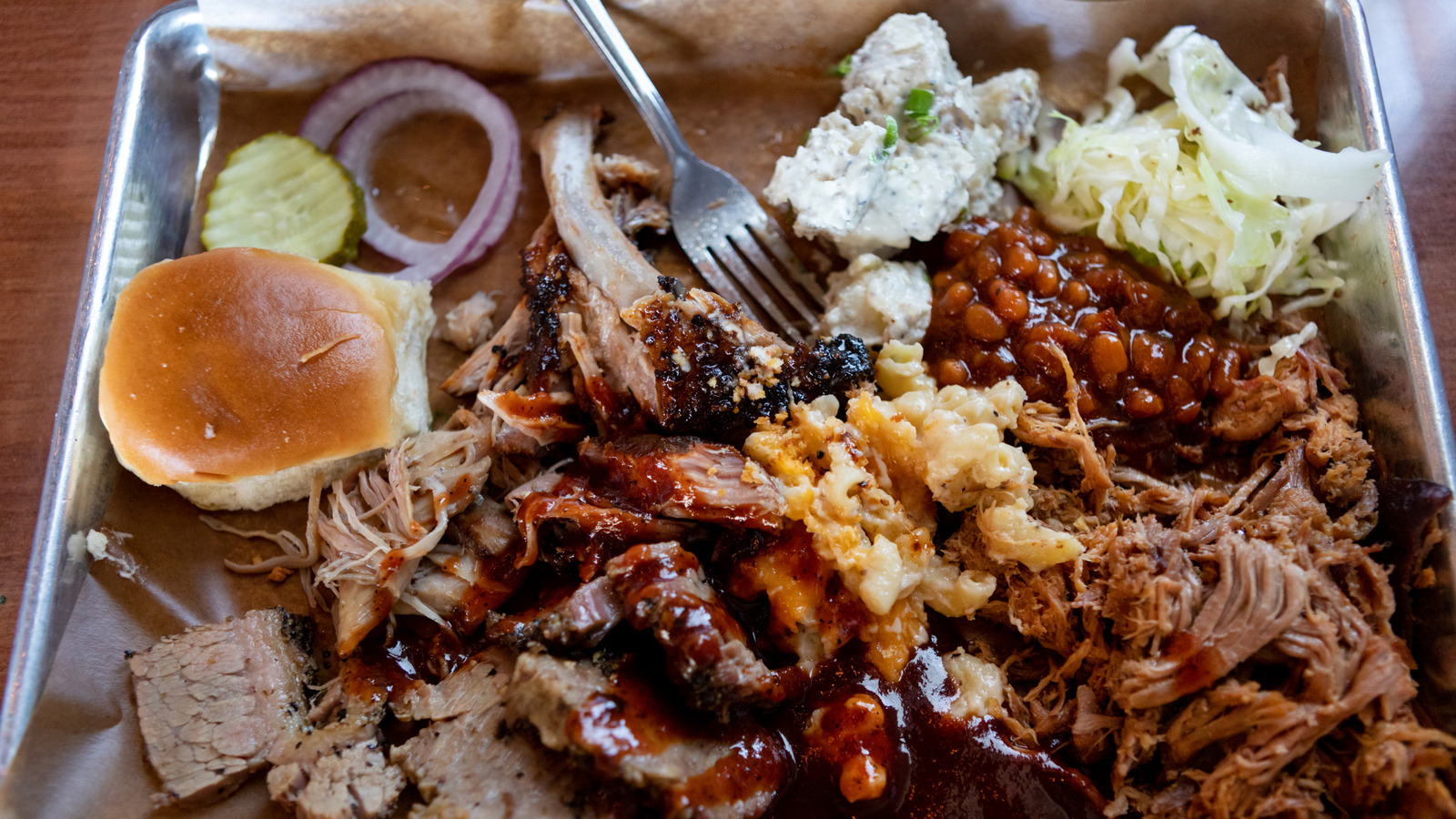
"Brisket's status as an affordable cut is outdated due to its limited supply, as each cow only yields two briskets, while demand continues to rise."
"The high price of restaurant brisket reflects the costs of specialized labor, equipment, and the logistics of cooking that particular cut."
"Brisket requires hours of low-and-slow cooking, demanding valuable smoker space and making it logistically complex to prepare in bulk."
"Rising beef prices combined with its unique cooking requirements contribute to the economics that do not favor affordable barbecue menu pricing."
Brisket has evolved from a budget cut to a high-priced item on restaurant menus. Its limited supply, as each steer only yields two briskets, combined with a national obsession for barbecue, has driven prices up. The costs associated with producing brisket are significant, encompassing specialized labor and time-consuming cooking processes. This dense muscle requires careful, prolonged cooking, which ties up smoking equipment and complicates bulk preparation. Rising beef prices further complicate the financial dynamics, making affordable brisket increasingly rare on restaurant menus.
Read at Tasting Table
Unable to calculate read time
Collection
[
|
...
]